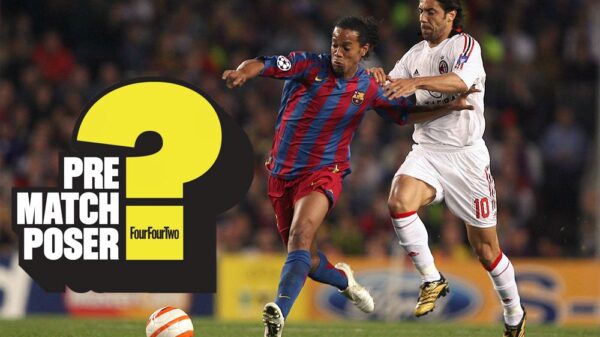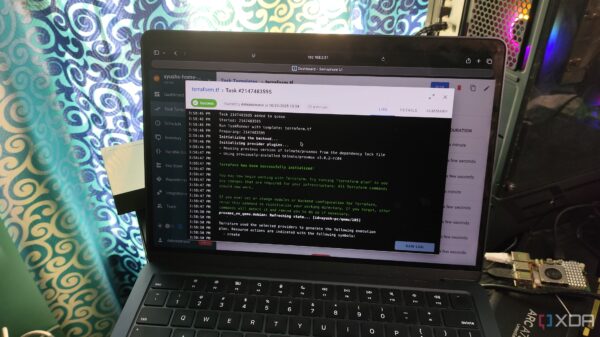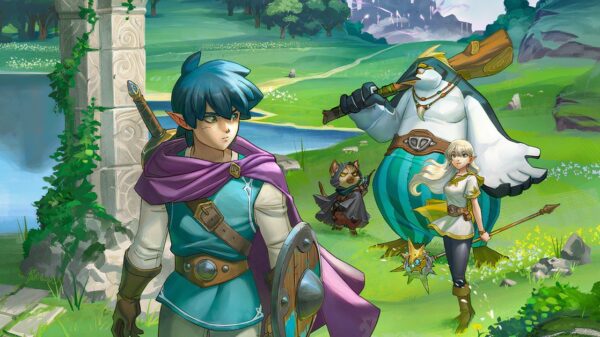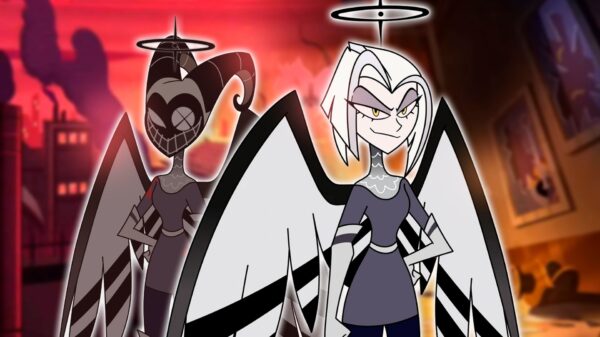The Italian tabletop role-playing game, Twilight Sword, has gained significant attention since its launch on November 20, 2023 on Backerkit. Created by the studio Two Little Mice, the Kickstarter campaign quickly surpassed its initial fundraising target of €10,000, amassing over €300,000 within the first 24 hours.
At first glance, Twilight Sword seems to draw inspiration from major titles like Final Fantasy and Dragon Quest. However, deeper engagement with the game’s mechanics reveals that it is heavily influenced by The Legend of Zelda, particularly in its approach to gameplay and design. The developers openly acknowledge these inspirations, showcasing their homage to the beloved franchise.
Game Design and Mechanics
In Twilight Sword, players assume the roles of newly awakened Champions who have lost their memories. After a millennium of peace, the antagonist, Vardas, has seized the Twilight Sword, unleashing an army of monsters upon the vibrant land of Radia. Players must navigate this realm, restoring “Hope” and combating “Despair,” a core mechanic that dictates movement and progression throughout the game.
The game distinguishes itself with a modular approach to exploration. Unlike traditional static maps, players uncover regions, quests, and landmarks through a series of cards, echoing the discovery elements found in open-world video games. The streamlined rule system is designed for quick play, aiming to replicate the accessibility of the video games that inspired it.
Co-creator Sirignano emphasized the importance of a cooking and brewing system that simplifies crafting, a common complexity in many RPGs. “Cooking is a huge part of Zelda, but crafting systems in RPGs are usually inaccessible with tons of charts and rules,” he stated. “We made a system where ingredients have effects, and the rules tell you how effects combine.”
The game utilizes an innovative mechanic surrounding dice, employing an inverted d12 system where rolling a 1 is a critical success and rolling a 12 results in a catastrophic failure. This approach allows players to set their own target numbers based on their character sheets, streamlining the gameplay experience.
Character Creation and Gameplay Depth
Twilight Sword features a diverse range of character options with five distinct races known as Kin, including the elfin Huma, robust Toluna, and whimsical anthropomorphic characters like Kedi and Pengu. Each Kin provides unique racial Feats and offers a variety of shapes and sizes, promoting inclusivity without affecting ability scores.
Players can select up to two Ways, akin to jobs or classes, allowing for a deep customization experience. This system not only facilitates straightforward gameplay for newcomers but also encourages experienced players to explore the various combinations available as they progress. “You start simple, then as you grow comfortable with the game, you see how many different possibilities you actually have,” said co-creator Simone Formicola.
Twilight Sword also introduces elemental affinities that impact both combat and exploration. Players engage with a hexagonal elemental system encompassing Fire, Ice, Wind, Earth, Thunder, and Water, with Light and Darkness at the center. This layer adds complexity to interactions and strategy, enhancing the game’s depth.
As players gather Hope by assisting NPCs, exploring landmarks, and defeating opponents, they also contend with Despair, which acts as a barrier to progression until they level up sufficiently. The ultimate goal is to confront Vardas and reclaim the Twilight Sword, with atmospheric events reviving monsters in a nod to Zelda’s mechanics.
Twilight Sword’s campaign on Backerkit will remain open until December 18, 2023, with additional stretch goals planned to further enhance this vibrant tabletop experience. This game promises to blend the joy of discovery with structured gameplay, capturing the essence of the beloved video game franchise it draws from.








































































